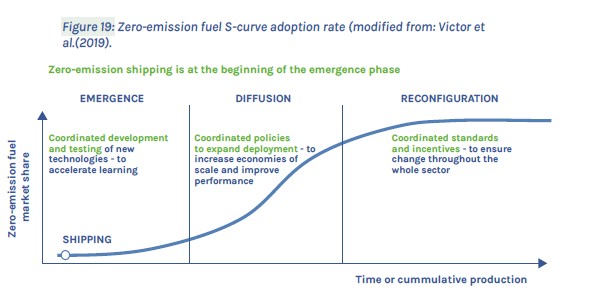ESG is an emerging concern for the maritime industry. And often the focus is on the E for environment. But the S for social good is equally important, and demands more attention. For the maritime industry, the S is many times seafarers and their well-being.
Gard is one of the premier P&I clubs offering marine insurance. It’s based in Arendal, a small Norwegian port city. Gard provides a mutual insurance service covering a wide range of liabilities that may arise from the operation of a vessel, such as pollution, cargo damage, collision, other third-party claims, and of course crew-related matters.
Gard claims to insure about one-fifth of the world’s seafarers. The top cause for marine casualties and accidents is human error and so it makes a lot of sense for Gard to focus on improving the working environment for seafarers, as better conditions, security and support can reduce distractions and lead to safer ship operations. Gard takes its role as a leader in the P&I marine insurance industry very seriously and is especially proactive in ESG practices.
‘We started a process in 2017 to look at ESG and sustainability more systematically, and how we as a company could make a positive contribution,’ says Rolf Thore Roppestad, Chief Executive of Gard. ‘At the end of the day, we insure people, the environment and property, so our business is all about ESG….We work to make sure they get medical treatment when needed, that they have fair and clear working contracts and that they are compensated if something happens. This is the ‘S’ in ESG.’
An example of Gard’s forward looking approach is their new digital app, the International Mariners Medico Guide, launched in December 2022. It’s free to download, and gives seafarers immediate help and support, even without wifi access. Anyone can download the app, but you must log in with your call sign or IMO number to use it.
The app can be used right at the spot of an illness or accident. That’s of great value. It also can be updated continuously with the latest information for proper care. For instance, emergence of a new virus can be covered as soon as the care information becomes available onshore. ‘For us at Gard, it’s all about being able to help,’ says Lene-Camilla Nordlie, Vice President and Head of People Claims at Gard. ‘Taking care of people is the most important thing that we can do together with the ship owners and the employer. Covid triggered much-needed attention to the challenges of crew on board, and especially that more needs to be done to support mental health,’ she adds.
It is good to see that important firms are taking an interest in seafarers, and working to help them maintain their health and safety.
Vice President, Head of People Claims, Lene-Camilla Nordlie and Chief Executive Rolf Thore Roppestad
(Photo credit Mona Hauglid)




